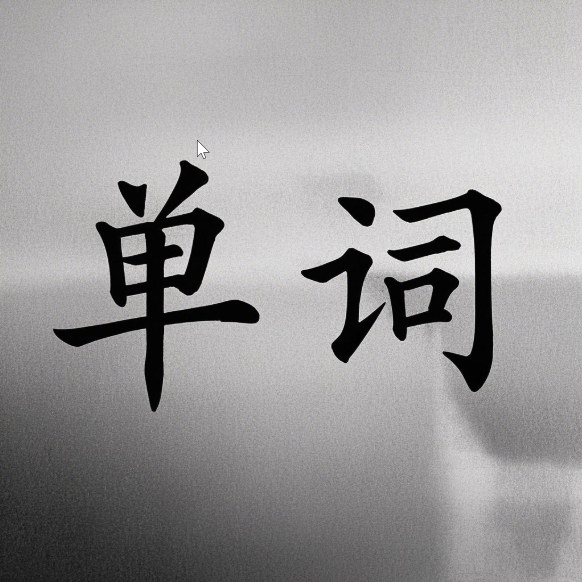markka
简明释义
n. 马克(芬兰的货币单位)
复 数 m a r k k a a 或 m a r k k a s
英英释义
单词用法
一马克ka | |
两马克ka | |
马克ka纸币 | |
值一个马克ka | |
花费几马克ka | |
马克ka汇率 |
同义词
| 货币 | 马克卡是芬兰在欧元之前的货币。 | ||
| 钱 | 他存了很多钱去环游世界。 | ||
| 硬币 | 她找到了一个来自马克卡时代的旧硬币。 |
反义词
| 货币 | 货币汇率剧烈波动。 | ||
| 债务 | 他努力偿还债务。 |
例句
1.She found a coin worth 5 markka on the street.
她在街上找到了一枚价值5马克ka的硬币。
2.He saved up 100 markka to buy a new bicycle.
他存了100马克ka来买一辆新自行车。
3.The price of the book is 20 markka.
这本书的价格是20马克ka。
4.In Finland, the currency used before the euro was markka.
在芬兰,欧元之前使用的货币是马克ka。
5.The exchange rate for markka to euro was quite favorable back then.
那时马克ka对欧元的汇率相当有利。
作文
The term markka refers to the former currency of Finland, which was used before the adoption of the euro in 2002. The history of markka is quite fascinating, as it reflects the economic changes and developments in Finland over the years. Originally introduced in the 1860s, the markka was pegged to the Russian ruble during the time Finland was an autonomous Grand Duchy of the Russian Empire. This connection to Russia influenced the early value and stability of the markka, as the Finnish economy began to grow and modernize.As Finland gained independence in 1917, the markka became a symbol of national identity and economic sovereignty. The new government issued banknotes and coins that featured symbols of Finnish culture and history, further solidifying the markka as a representation of the nation’s independence. Over the decades, the markka underwent several redesigns and changes in its value due to various economic factors, including inflation and global market trends.In the late 20th century, Finland experienced significant economic growth, which led to the decision to join the European Union. This move required a transition from the markka to the euro, which was officially adopted in January 2002. The process of converting from the markka to the euro was a monumental task, as the Finnish government had to ensure that the public was informed and prepared for the change. Many citizens had fond memories associated with the markka, as it was not just a currency but also part of their daily lives.After the transition, the markka was phased out and eventually ceased to be legal tender. However, it remains a significant part of Finland's history. Collectors and historians still value the markka for its unique designs and the stories it tells about Finland's past. In addition, many Finnish people still recall the markka with nostalgia, as it represents a time when they were building a new identity for themselves as an independent nation.Today, the legacy of the markka lives on in various forms. It serves as a reminder of Finland's journey through economic challenges and triumphs. The transition to the euro has brought benefits such as easier trade with other EU countries and a more stable currency environment. Nevertheless, the markka will always hold a special place in the hearts of those who lived through its era.In conclusion, the markka is more than just a former currency; it is a symbol of Finnish resilience and identity. As Finland continues to thrive within the European Union, the story of the markka serves as a testament to the country's rich history and the importance of understanding our economic past. By studying currencies like the markka, we gain insight into how nations evolve and adapt to changing circumstances, shaping their identities along the way.
“markka”这个词指的是芬兰的前货币,在2002年采用欧元之前一直在使用。markka的历史相当引人入胜,因为它反映了芬兰多年来经济变化和发展的过程。最初在1860年代推出,markka在芬兰作为俄罗斯帝国的一个自治大公国期间与俄罗斯卢布挂钩。这种与俄罗斯的联系影响了markka的早期价值和稳定性,随着芬兰经济的增长和现代化,markka也随之发展。随着芬兰在1917年获得独立,markka成为国家认同和经济主权的象征。新政府发行了印有芬兰文化和历史符号的纸币和硬币,进一步巩固了markka作为国家独立象征的地位。在接下来的几十年里,由于通货膨胀和全球市场趋势等各种经济因素,markka经历了几次重新设计和价值变化。在20世纪末,芬兰经历了显著的经济增长,这促使其决定加入欧洲联盟。这一举措要求从markka过渡到欧元,欧元于2002年1月正式采用。转换过程是一个巨大的任务,因为芬兰政府必须确保公众得到信息,并为这一变化做好准备。许多市民对markka有着美好的回忆,因为它不仅是一种货币,也是他们日常生活的一部分。在过渡之后,markka逐渐被淘汰,最终不再作为法定货币。然而,它仍然是芬兰历史的重要组成部分。收藏家和历史学家仍然重视markka独特的设计以及它讲述的芬兰过去的故事。此外,许多芬兰人仍然怀念markka,因为它代表了他们作为独立民族建立新身份的时期。今天,markka的遗产以各种形式延续着。它提醒我们芬兰在经济挑战和胜利中的历程。向欧元的过渡带来了如与其他欧盟国家更容易进行贸易和更稳定的货币环境等好处。然而,markka将永远在那些经历过其时代的人们心中占有特殊的位置。总之,markka不仅仅是一种前货币;它是芬兰韧性和身份的象征。随着芬兰在欧盟内不断繁荣,markka的故事见证了国家丰富的历史以及理解我们经济过去的重要性。通过研究像markka这样的货币,我们可以深入了解国家如何在变化的环境中演变和适应,塑造其身份。
